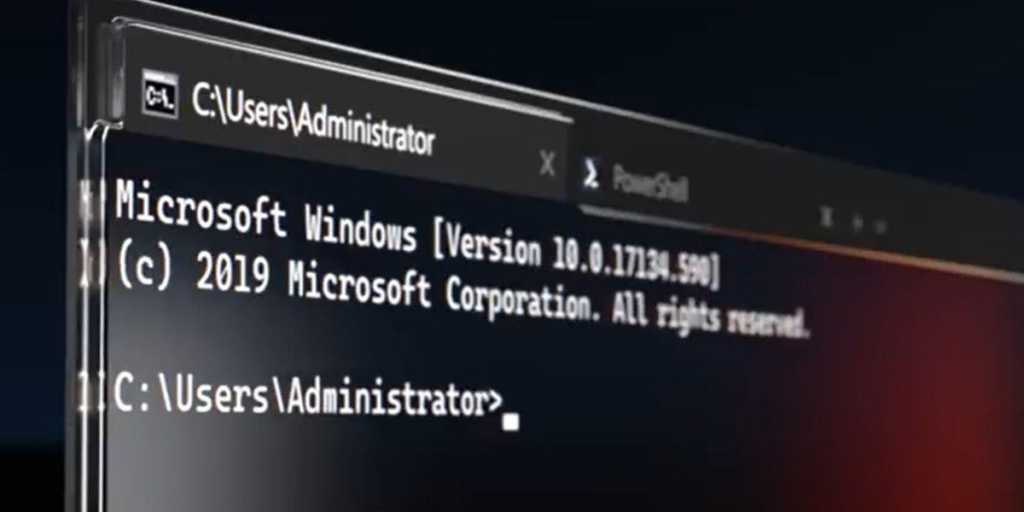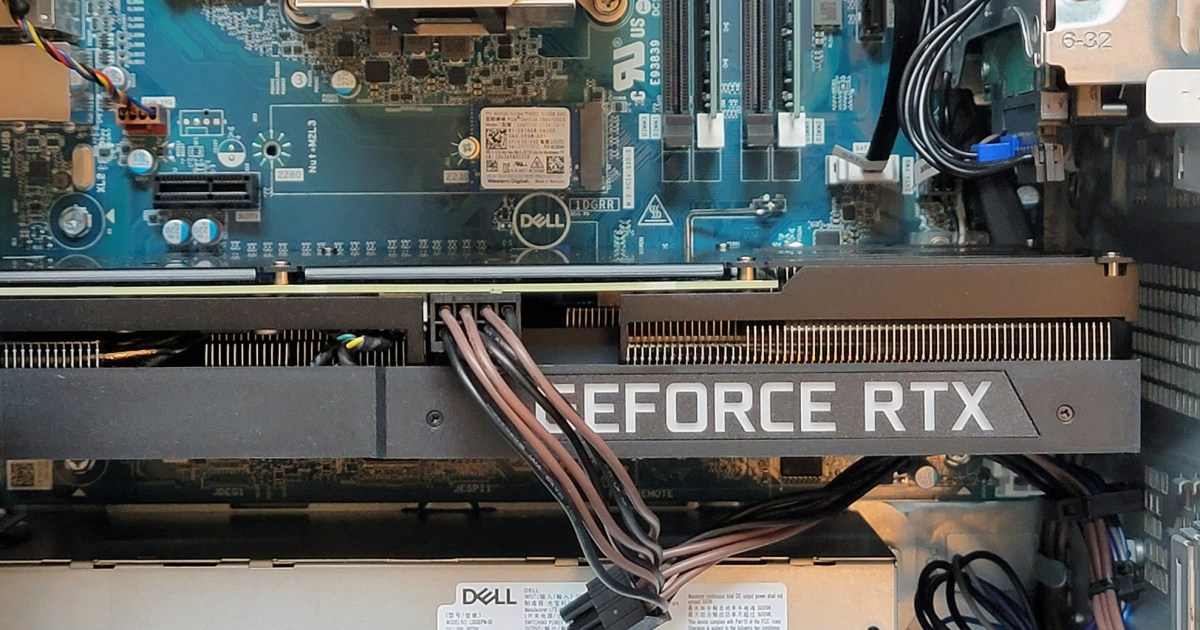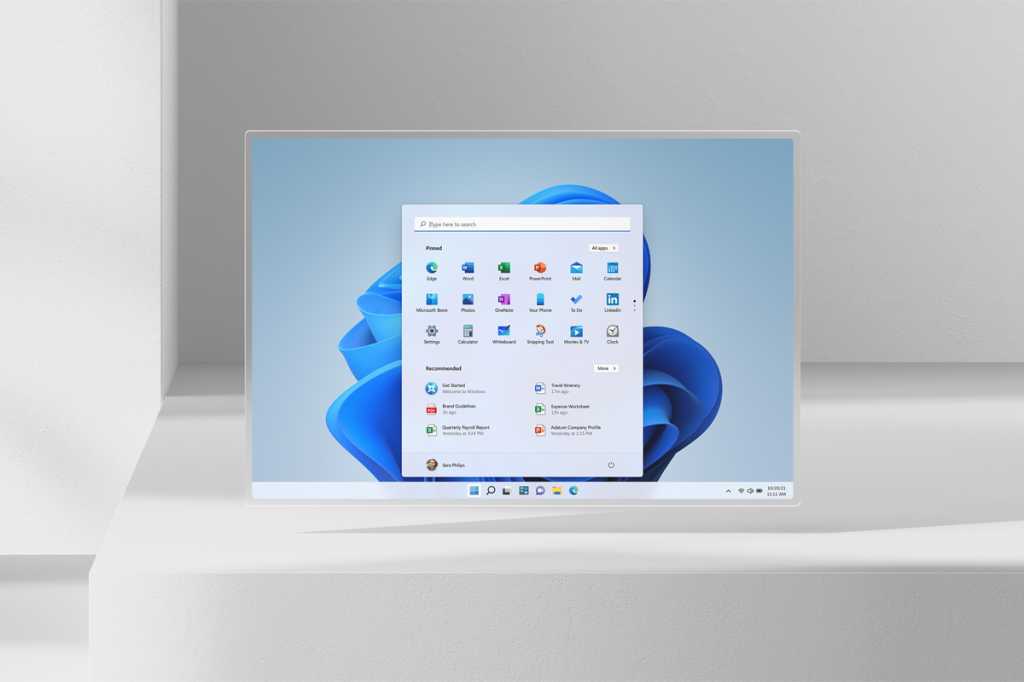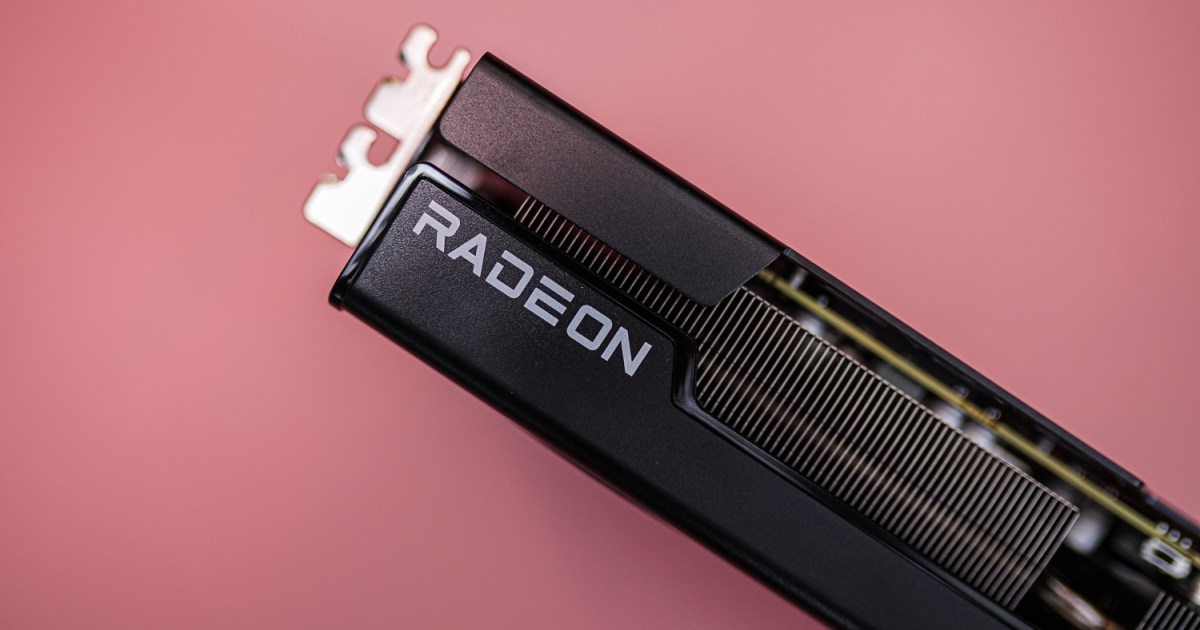The sudo command, short for “superuser do,” is a cornerstone of Unix and Linux systems, empowering users to execute commands with elevated privileges, typically those of the root user. This capability avoids the security risks of constantly operating as an administrator. Now, this powerful tool is making its way to Windows. This article delves into how sudo functions in Windows 11, compares it to the existing RunAs command, and guides you through enabling it.
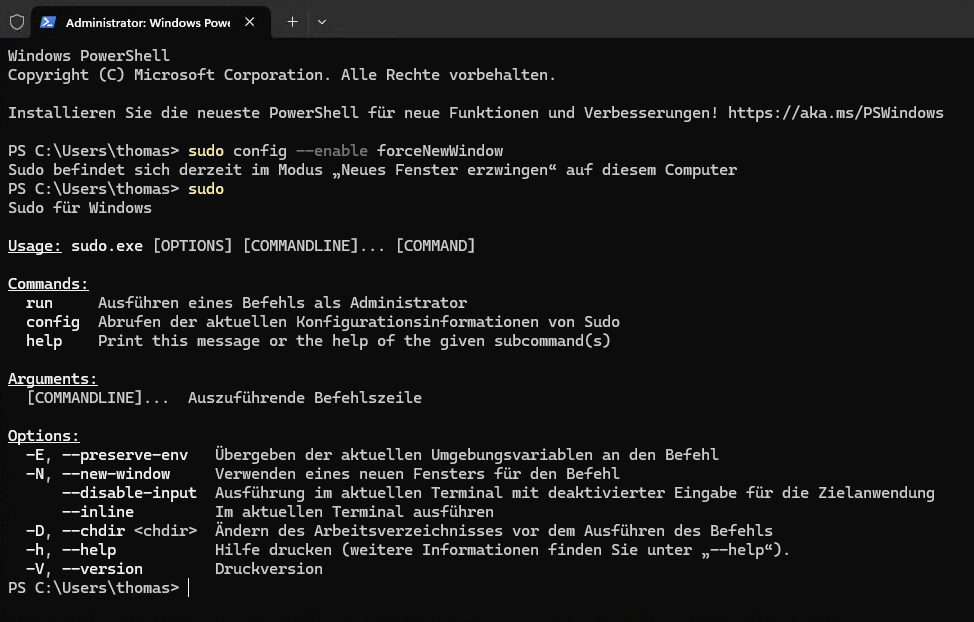 alt text: Screenshot showing the sudo command being used in a Windows command prompt window.
alt text: Screenshot showing the sudo command being used in a Windows command prompt window.
Enhancing Security with sudo
sudo strengthens system security by minimizing the need for full administrator accounts and meticulously logging all sudo commands. This allows for granular control and detailed tracking of administrative actions, vital for maintaining a secure environment. Common uses include installing software and managing security settings.
Sudo vs. RunAs: A Comparative Analysis
Microsoft’s introduction of sudo to Windows 11 (version 24H2) recognizes its security advantages. The source code for “Sudo for Windows” is publicly available on GitHub. While Windows already features the RunAs command for executing commands with different user credentials, sudo provides a more streamlined and secure approach.
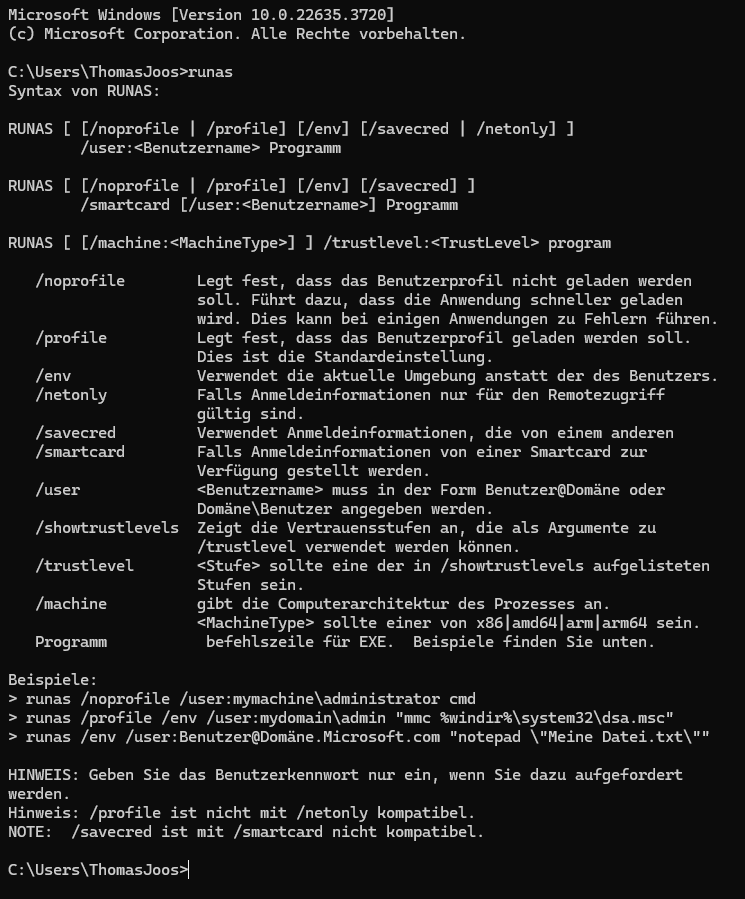 alt text: Screenshot demonstrating the use of the RunAs command in a Windows command prompt.
alt text: Screenshot demonstrating the use of the RunAs command in a Windows command prompt.
RunAs requires the target user’s password and runs the application entirely within that user’s context, not the original user’s with elevated privileges. The format is runas /user program. For instance, runas /user cmd opens Command Prompt as an administrator.
Currently, Windows’ sudo primarily allows execution as an administrator/root, unlike Linux’s version which permits running programs as another user. Microsoft plans to add this functionality in the future. Although RunAs elevates permissions temporarily, sudo provides broader control and logging, enabling specific command delegation without granting full administrative access.
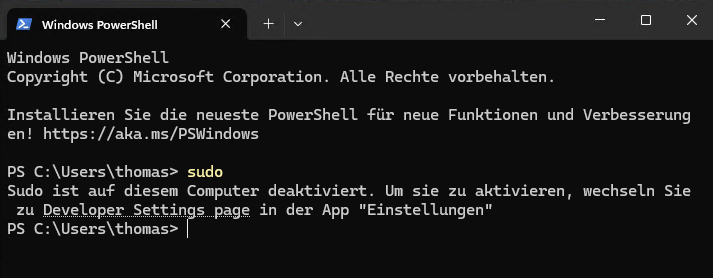 alt text: Screenshot displaying the message prompting activation of sudo in Windows 11.
alt text: Screenshot displaying the message prompting activation of sudo in Windows 11.
Enabling sudo in Windows 11 (24H2)
Sudo is pre-installed but not enabled by default in Windows 11 version 24H2. Attempting to use sudo before activation triggers a prompt to enable it.
You can activate it through Windows settings: System > For developers > Enable Sudo. This requires confirmation via User Account Control (UAC). Alternatively, use the command line: sudo config --enable <option>, replacing <option> with forceNewWindow (opens commands in a new window), normal (same window), disableInput, disable, or enable.
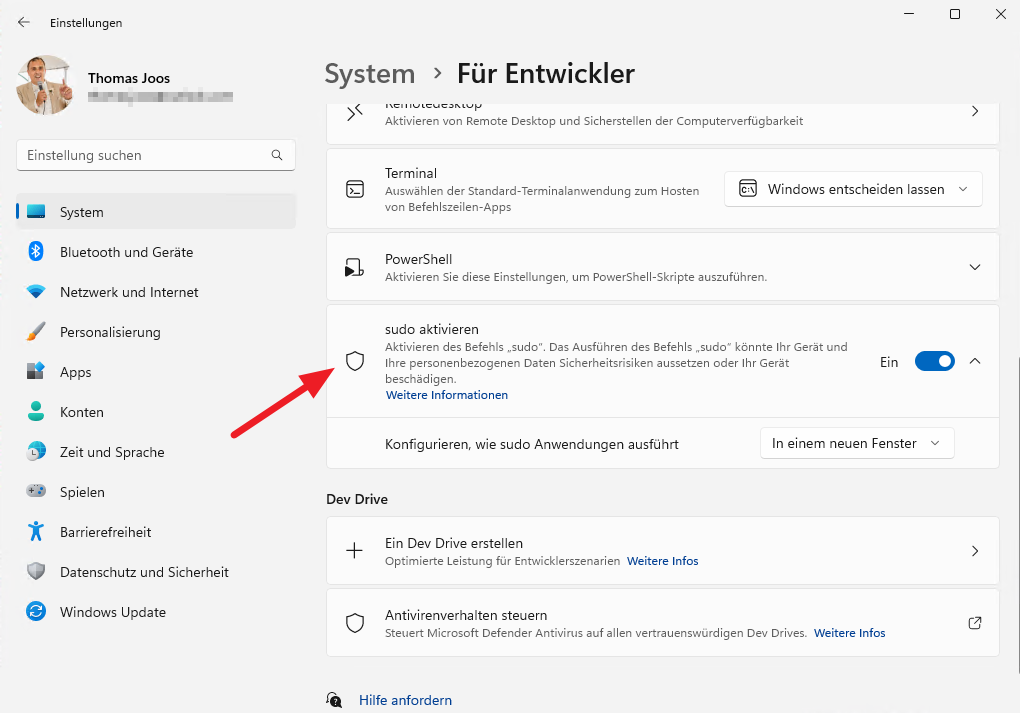 alt text: Screenshot of the Windows 11 settings menu showing the option to enable sudo under the "For developers" section.
alt text: Screenshot of the Windows 11 settings menu showing the option to enable sudo under the "For developers" section.
Activation requires administrator rights and UAC confirmation. Post-activation, you can run commands like sudo netstat -ab. Using the forceNewWindow option during activation clearly indicates when commands run with elevated privileges.
Conclusion
While Windows’ sudo is still in its early stages compared to its Linux counterpart, it represents a significant step towards enhancing security and control within the Windows environment. Its ability to grant granular permissions and comprehensive logging makes it a powerful tool for system administrators. As Microsoft continues to develop and refine sudo for Windows, it promises to become an even more indispensable asset.



